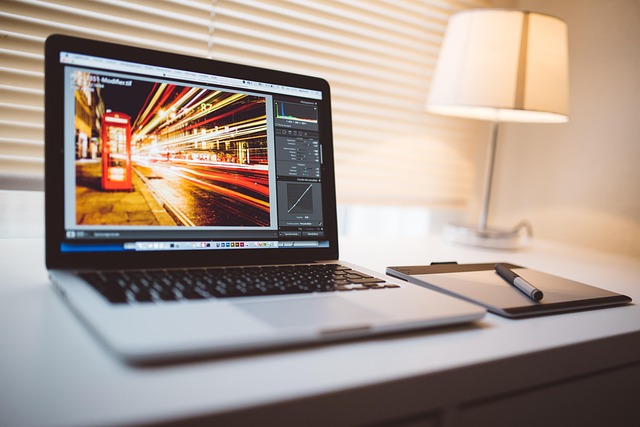As photographers, we often seek the perfect balance of exposure and composition in our images. One of the most powerful tools at our disposal is the histogram. This simple yet effective graph can become your best friend when navigating the nuances of light and shadow, allowing you to master your craft in ways that go beyond your camera’s automatic settings.
A histogram is a visual representation of the tonal values in your photograph. The graph displays the distribution of tones from shadows on the left, through midtones in the center, to highlights on the right. Understanding how to read a histogram is vital for achieving optimal exposure. When you glance at your camera’s LCD screen, it can be tempting to rely solely on what you see. However, the histogram provides objective data about the light captured by your optics, giving you the ability to make informed decisions about exposure.
When shooting in challenging conditions, such as high-contrast environments, your histogram can help you avoid losing details in crucial areas of your composition. A perfectly exposed photo will typically show a balanced histogram, with no clipping on either end. This balance allows you to maintain details in both your shadows and highlights, ultimately resulting in a more dynamic and engaging image.
In the realm of photography, composition is key. The histogram does not only influence exposure; it also helps inform your compositional choices. By visualizing how light interacts with your subject, you can adjust elements within the frame. Perhaps you need to move slightly to the left or right to capture the perfect interplay of light and shadow, or adjust your aperture settings to achieve a softer background. The histogram encourages you to think beyond the immediate moment and to engage in an active dialogue with your camera and environment.
When diving deeper into histograms, consider experimenting with different genres of photography. Landscapes, portraits, and street photography all present unique lighting challenges. In landscapes, for example, the histogram can guide you in balancing bright skies with darker terrain. With portraits, it can help ensure that your subject’s features are well-lit without losing detail in the highlights. Each genre presents its own set of hurdles, and the histogram is an essential ally in overcoming them.
Moreover, understanding histograms can ultimately strengthen your post-processing skills. Once you have a solid grasp of tonal balance in-camera, you will find it easier to make critical adjustments in software. If your histogram indicates that you have exposure issues, knowing where adjustments are needed will make your editing process more efficient and creative. Instead of guessing how to correct an image, you can confidently push your edits in the right direction, bringing your envisioning closer to your captured reality.
Incorporating a histogram into your workflow will also enhance your ability to take control of your camera settings. Rather than depending solely on your camera’s automatic modes, you can embrace manual settings with confidence. The more you familiarize yourself with how light behaves and how it is represented in a histogram, the better equipped you become to intentionally create the images you desire.
As you continue your journey through photography, allow the histogram to be a guiding light in the shadows of uncertainty that often come with capturing images. By mastering this tool, you will not only elevate your technical skills but also deepen your emotional connection to the art of photography. You will begin to see each photograph as a story waiting to be told, ensuring that every element within the frame works in harmony for optimal exposure and compelling composition.


